Subscribe to our newsletter to find out about all the news and promotions, and automatically receive a welcome discount coupon in your email.

All runners have always known that the descent is where a race is won or lost, making the difference, as demonstrated by the pioneers of mountain races and good downhillers such as (Fernando García several times champion of Spain), with great exhibitions, coming back and shortening partials of more than 10 minutes, in the last descent towards the finish line. Going down well gives you efficiency and greater speed.
Many times runners think that they will already take advantage to press on the descents and be able to scratch a few minutes on the clock, but this is not always the case, because the descents are very hard due to their technicality or duration, demanding muscular fatigue from the runner eccentric. That later, once they are in the race, they realize that at the right moment they are lacking in strength or in pain due to wear and tear and passage of time during the test.
To see good results you have to improve your descent technique, trying not to forget anything: react quickly to stimuli, be resistant to so many impacts and go as fast as possible during the descent.
We could talk about two types of preparation, the first:
Adapt to the environment: You have to try to train on all types of terrain: from easy trails and tracks to more complicated sections such as cresting, so when the opportunity comes, don't be afraid to step on the environment where we are.
Manage our own fear: This is given by our bad thoughts for not wanting to hurt us or injure ourselves when we fall, we have to take a good progression through the terrain and start from easier to more technical terrain. Sometimes it can help us to wear short bike gloves in case we land not to damage our hands.
Runner's Concentration: when we are in training, you have to be thinking about what you are doing, because many times a second of distraction means ending up on the ground, to refine in this aspect you always have to bring your vision and mind on a par.
Visualize the environment: when we do descending series we have to keep our eyes ahead of our steps, for when the moment of support arrives and to know that we are going to meet.
Downhill series: this perhaps the most important, since it is the specific section of the training to improve the descents, you have to choose sections of the route and go down them at high intensities and repeat them several times depending on the specific work of the session. Little by little we will be looking for the difficulty to have a good progression.
The second part of the preparation, just as or more fundamental than the previous one, is the strength work, forgotten for many or simply because they do not like to lock themselves in a room or gym to work on it. Strength is paramount and we will benefit from it by:
- Increased muscle strength
- Increase in local muscular endurance
- Prevention of injuries during sports practice
- Improves performance capacity in competitions
- Better assimilate large loads of volume or intensity.
The training will be divided into several phases, to increase and assimilate the work well.
General strength conditioning: in this phase we are going to work with general exercises for both upper and lower body, doing about 8 or 10, in the first weeks we would simply do them with self-loads and little by little we will introduce a light weight that we can always do enough repetitions of 15 to 20. To make the session more enjoyable we can work it in the form of circuits.
Maximum strength phase: once we have a base to improve during the season, we must also work on strength with high load intensities of 80-90%. We can work with polyarticular exercises on 4 exercises per session, (squat, Olympic movements such as clean or snatch, press) in this phase the repetitions are few between 3 to 6 with long breaks over 2 to 4 minutes. You have to be careful with these exercises since they are open chain and if you do not have a good technique we can hurt ourselves, in the case of bad technique we can use closed chain machines.
Specific or natural strength phase of the race: in this phase we will use exercises that directly work the muscles of the race and proprioceptive exercises. For this, it would be appropriate to use materials such as: bosu, trx, muscular strap or fitball among others, to get the most out of it and look for specific exercises with or without load. For this we will increase the number of repetitions to 10-15 again or working with time intervals. Within this phase you can also work on plyometrics or multi-jumps in tiers or flat.

Competitive strength phase or transfer to the race: in this last phase we will work with real running movements, reproducing the specific gesture with or without load. We will work on it by looking for different situations in which we can find ourselves during the competition. On the flat, ascents or descents, in this case we would make a paragraph when dealing with the descents and we would focus on them. We can use ballasts or tensioners. We would carry out specific series work in descents, or take advantage of the filming with many hills and immediately afterwards to crown doing the series in descent.
Author: Pep Signes
Other entries that they may interest you.
42K · All rights reserved

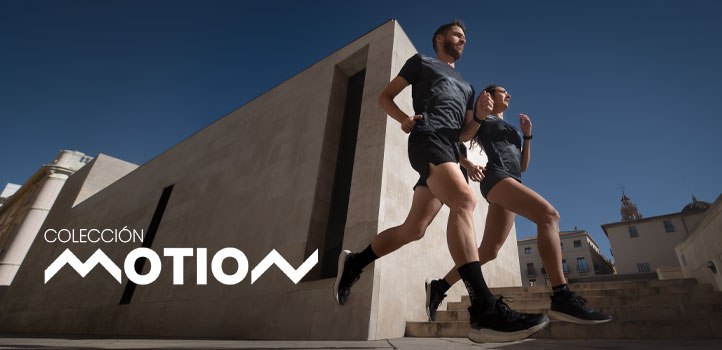

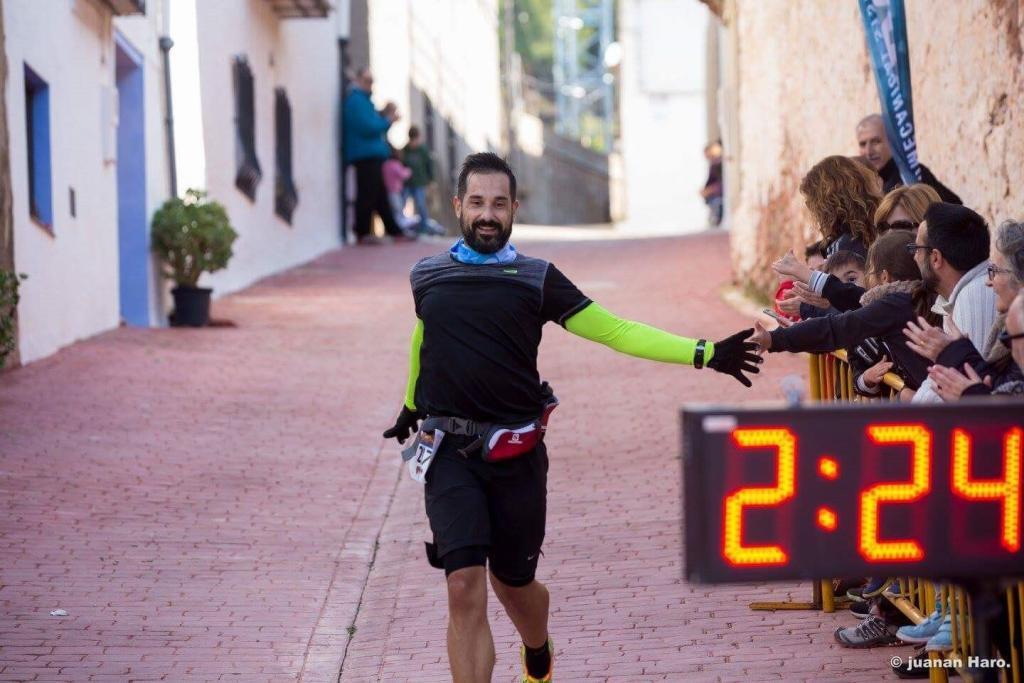
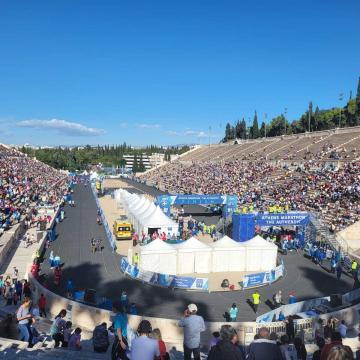


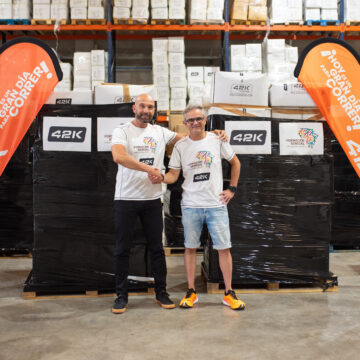
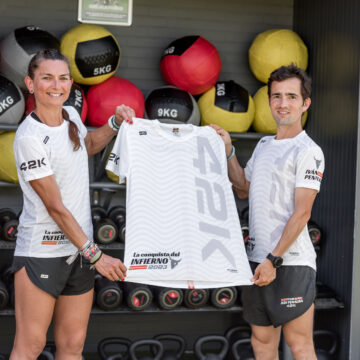


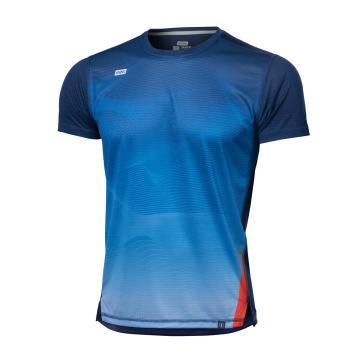
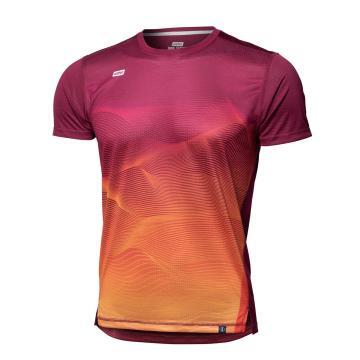
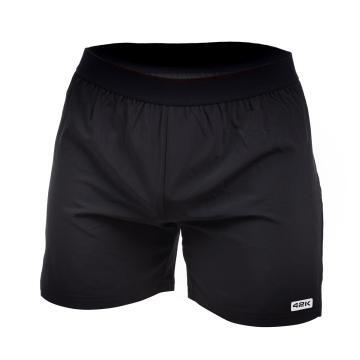
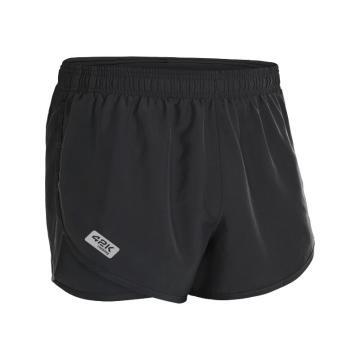
Comments
Post a first comment for this entry!